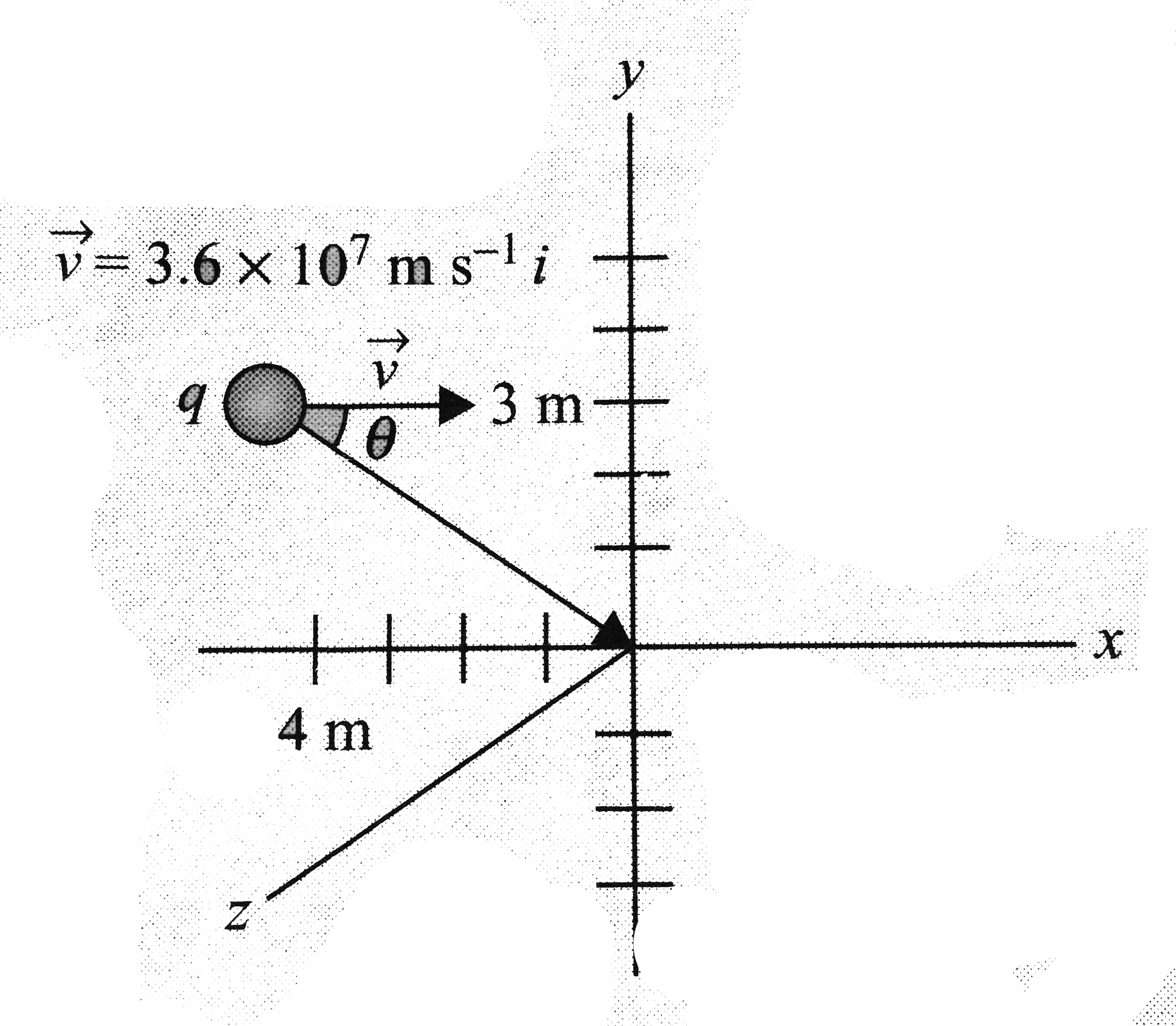Let A={X,A,M,A,X,Y}, B={M,A,X,I,U,M} then find A∩B?
A∩B={X,A,M}
Topper's Solved these Questions
- SETS BOOK - AAKASH INSTITUTE ENGLISHCHAPTER - SETS EXERCISE - SECTION-A(Objective Type Questions (One option is correct))
41 Videos
- SETS BOOK - AAKASH INSTITUTE ENGLISHCHAPTER - SETS EXERCISE - SECTION-B(Objective Type Question(One option is correct))
13 Videos
- SETS BOOK - AAKASH INSTITUTE ENGLISHCHAPTER - SETS EXERCISE - EXAMPLE
24 Videos
- SEQUENCES AND SERIES BOOK - AAKASH INSTITUTE ENGLISHCHAPTER - SEQUENCES AND SERIES EXERCISE - Assignment (SECTION - J) Aakash Challengers
11 Videos
- STATISTICSBOOK - AAKASH INSTITUTE ENGLISHCHAPTER - STATISTICSEXERCISE - Section-C Assertion-Reason
15 Videos
Similar Questions
Find which of the following statement is true
(i) Let A={1,2,3,4,5} and B={1,3,7,9,12} then A∩B={1,3}
(ii) Let A={red, blue, green}, B={orange, yellow, red} then A∩B={red}
(iii) Let X={a,e,i,o,u} and Y={a,e,i,o,u,k) then X∩Y={a,e,i,o,u}
View SolutionLet A={x1,x2,......Xm},B={y1,y2,.....,yn} then total number of non-empty relations that can bedefined from A to B, is (i) mn (ii) n^(m)-1(iii)mn−1(iv)2^(mn)-1
View SolutionIn some question of sets, we have to make the use of graphs
For example
A={(x,y):y=ex,x∈R}
B={{x,y}:y=−x.x∈R}
Find n(A∩B)

It is clear that y=exandy=−x intersect at one pont. Hence n(A∩B)=1
A={(x,y):x2+y2≤2,x,y∈R}
B={{x,y):y≥x2,x,y∈R}
View SolutionA point chanrge of magnitude q=4.5nC is moving with speed v=3.6×107ms−1 parallel to the x-axis along the line y=3m. Find the magnetic field at the origin produced by this charge when the charge is at the point x=−4m, y=3m, as shown in Fig.

View SolutionIn some question of sets, we have to make the use of graphs
For example
A={(x,y):y=ex,x∈R}
B={{x,y}:y=−x.x∈R}
Find n(A∩B)

It is clear that y=exandy=−x intersect at one pont. Hence n(A∩B)=1
A:{(x,y):y=√4−x2,x∈[−2,2]}
B={(x,y):y=|x|,x∈R}
Then n(A∩B)
View SolutionFind whether the following statements are true or false. If the statement is false, then write its correct statement:
(i) If P={m,n} and Q={n,m},then P×Q={(m,n),(n,m)}.
(ii) If A and B are non-empty sets, then A×B is a non-empty set of the ordered pairs (x,y) such that x∈Aandy∈B.
View SolutionIf A = {5, 6, 7, 8, 9}, B={x:3<x<8 and x∈W} and C={x:x≤5 and x∈N}. Find :
(i) A∪B and (A∪B)∪C
(ii) B∪C and A∪(B∪C)
(iii) A∩B and (A∩B)∩C
(iv) B∩C and A∩(B∩C)
Is (A∪B)∪C=A∪(B∪C)?
Is (A∩B)∩C)=A∩(B∩C)?
View SolutionGiven A={x∈N:x<6},B={3,6,9} and C={x∈N:2x−5≤8}. Show that:
(i) A∪(B∩C)=(A∪B)∩(A∪C)
(ii) A∩(B∪C)=(A∩B)∪(A∩C)
View SolutionIf A = {x | x is an even natural number upto 20 } and B = {x | x is a factor of 18} ,find
A∩B
View SolutionLet A ,B and X be three sets such that A∩X=B∩X=ϕandA∪X=B∪X .Then show that A=B .
View Solution
